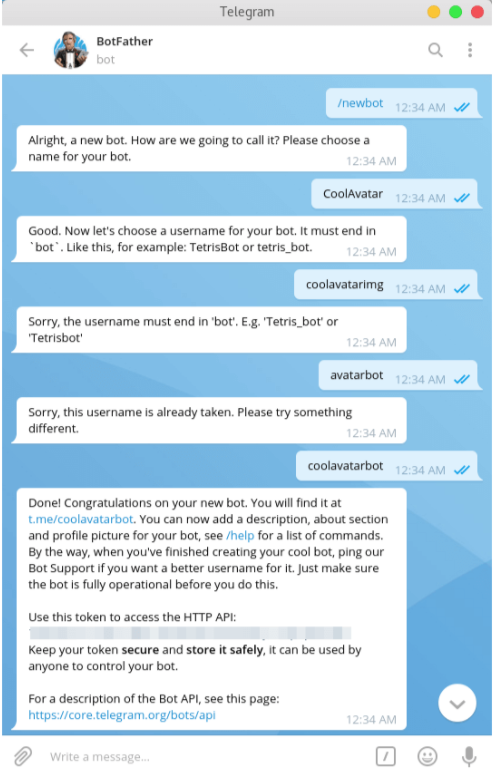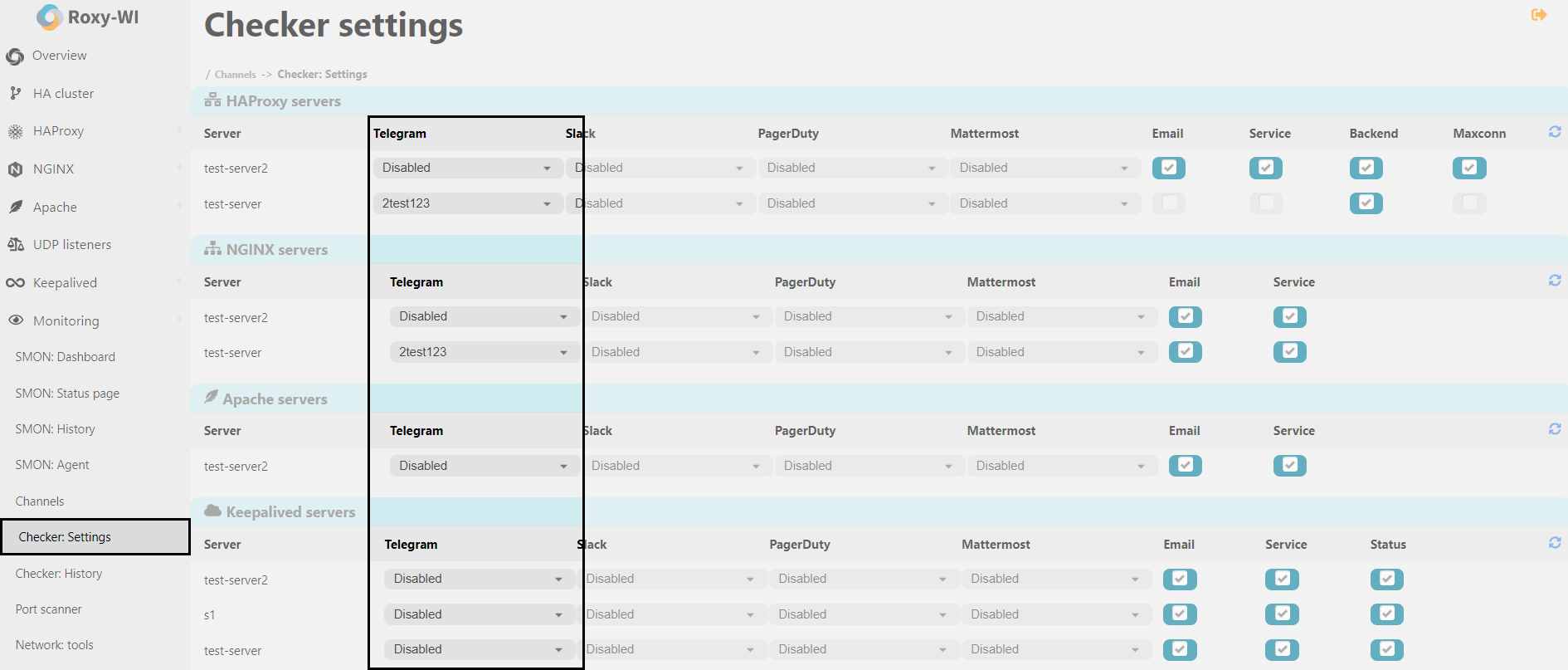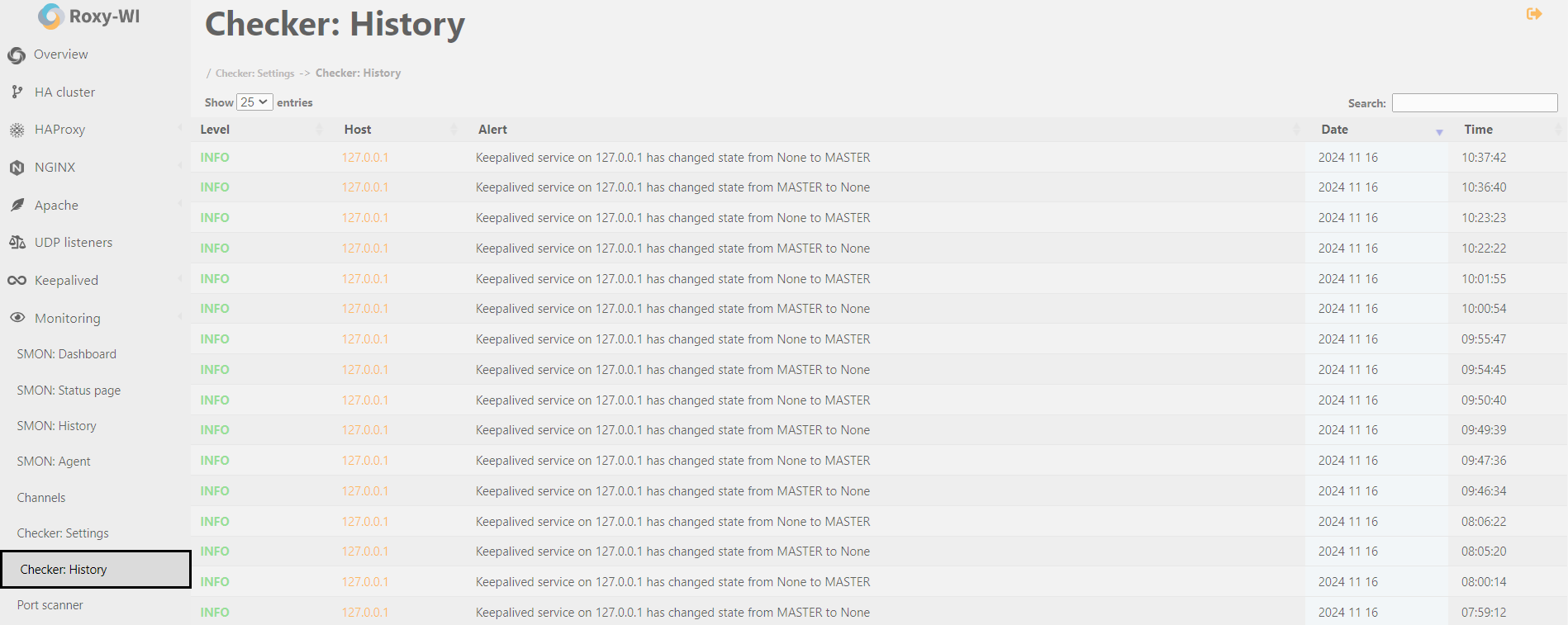How to create Telegram bot and use it with Roxy-WI
Telegram is a free, cross-platform, cloud-based instant messaging, video calling, and VoIP service. It was initially launched for iOS on August 14, 2013, in Russia and is currently based in Dubai. OOfficial Telegram client apps are available for Android, iOS, Windows, macOS, and Linux, as well as for the now-discontinued Windows Phone. Additionally, there is an official web interface and numerous unofficial clients. All of Telegram's official apps are open source.
Telegram offers end-to-end encrypted calls and optional end-to-end encrypted "secret" chats between two online users on smartphone clients, while cloud chats utilize client-server/server-client encryption. Users can send text and voice messages, animated stickers, and share an unlimited number of images, documents (up to 2GB per file), user locations, contacts, and music. As of April 2020, Telegram has reached 400 million monthly active users.
Checker is a service that monitors HAProxy, NGINX, Apache and Keepalived services as well as HAProxy backends. Checker sends a notification via Telegram, Slack, email, PagerDuty and/or Mattermost when a backend or service is down. It also supports real-time alerting via the Roxy-WI panel and stores the history of incidents.
To create a chatbot on Telegram, contact the BotFather,
a special bot designed for creating other bots.
Start by entering the command /newbot. BotFather will guide you through all the necessary steps to create your new bot.
Read how to install Checker here
After obtaining the token, create a channel in Roxy-WI. Go to the Monitoring => Channels section and click Add in the Telegram Channels area. In the form that appears, enter the token in the "Token" field, provide a name in the "Channel" field, and select a group if necessary.
To verify that the integration has been successfully completed, click Test. Roxy-WI will then send a test message to Telegram.
After this, the Telegram channel is ready for use. Go to the Monitoring => Checker: Settings section and select the Telegram channel for the services you want to receive alerts for:




